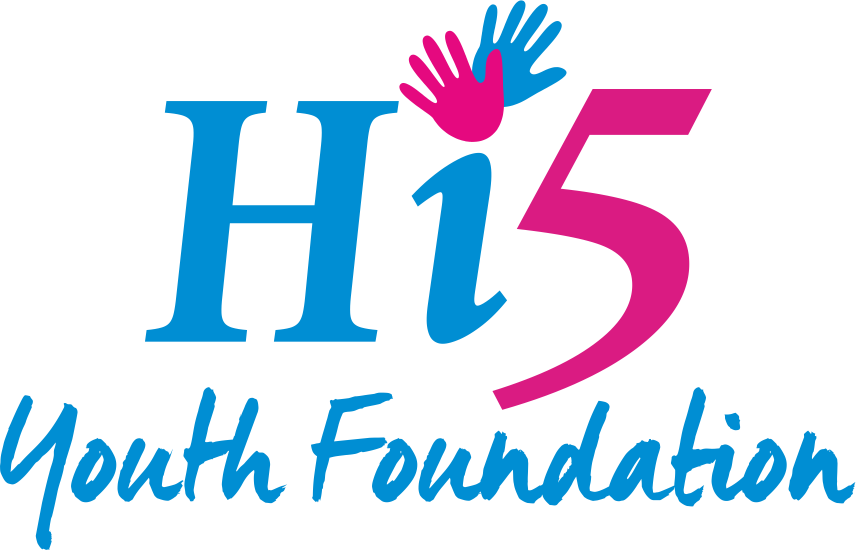Gender and Basketball at Hi5
By: Usha SundarAt Hi5, we give both boys and girls equal opportunity to grow and learn. We stress on keeping teams on a 50:50 ratio (it’s hard to maintain that balance because of girls dropping out sooner) and we’re trying different ways of maintaining this ratio. This philosophy largely comes from our exposure to how sports is played in the West. There, at least up to middle-school level, you’ll observe that sports is gender neutral. In a basketball league, there will be girls teams playing against boys teams and also mixed teams! This is something we wish to instill in our students too—when you play together there should be equal respect for one another. Because this is an important element in not just the game of basketball but the game of life.
When we started our program, a lot of people asked us specifically if we would do a separate girls and boys batch and we decided it would be mixed initially because a) basketball is a game for both genders, b) children begin to respect the opposite gender and c) they are only 9 to 10 years old, who’re learning beginner-level individual skills. They will train and play together at the initial levels. Unfortunately, when they’re much older we see the need to separate the teams because of a lot factors like injury, parental discretion, etc. Young girls and women don’t have the same opportunity as boys do in India and we want to change that at least in the work that we’re doing.
Our program runs at four levels—beginners, intermediate, advanced, and elite—so children come into our program when they’re usually in the 4th or 5th class, aged between 9 and 10. After a year’s training they move to upper levels. At the beginner level, we keep the teams mixed and after that once they reach intermediate level, we have to separate them considering they’re almost nearing 11 or 12 years old and we need to allow them to start playing girls and boys teams. This prepares them to later on participate in tournaments.
Honestly, mixing teams is currently a secondary problem for us. Girls just drop out at age 13 & 14 and that’s what we’re trying to work on. We try to explain to the parents the importance of sports and what the training can do for their child, in their career as well as their life. its a game for both genders, yet it’s serious; it helps us sensitize them about the game and its benefits. Parents started seeing positives in their children within six months into the game—From getting up early in the morning on vacation and school days, sleeping on time because they’re tired, children beginning to respect the opposite gender to showing genuine earnestness to learn in class.
In fact, at one of our centres in Dharavi, girls genuinely played better than the boys. One day when we were visiting, we asked them casually who they thought played better just to encourage some self-assessment and the girls lifted their hands saying that they think they play better than the boys—and the boys agreed. This is an important conversation that shows the respect they have for one another and the game. But the conversation doesn’t stop there. We ask the girls further who they think shoots really well or dribbles really well and they answer sincerely and vice versa. So, at no point are we encouraging that one sex is superior or weaker than the other, instead we’re encouraging them to respect one another and stay gender neutral!
This is how we’re trying to increasing gender sensitivity as part of our overall philosophy at Hi5. Learn more about our other efforts as an organisation in our next blog post!

